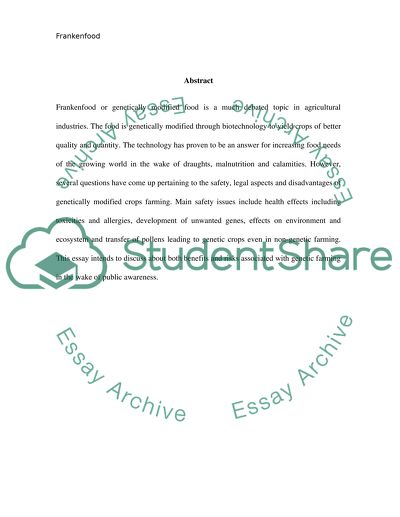Cite this document
(“'Frankenfood' : what are the potential benefits and drawbacks of Research Paper”, n.d.)
'Frankenfood' : what are the potential benefits and drawbacks of Research Paper. Retrieved from https://studentshare.org/health-sciences-medicine/1474469-ychfrankenfoodyie-yt-what-are-the-potential
'Frankenfood' : what are the potential benefits and drawbacks of Research Paper. Retrieved from https://studentshare.org/health-sciences-medicine/1474469-ychfrankenfoodyie-yt-what-are-the-potential
('Frankenfood' : What Are the Potential Benefits and Drawbacks of Research Paper)
'Frankenfood' : What Are the Potential Benefits and Drawbacks of Research Paper. https://studentshare.org/health-sciences-medicine/1474469-ychfrankenfoodyie-yt-what-are-the-potential.
'Frankenfood' : What Are the Potential Benefits and Drawbacks of Research Paper. https://studentshare.org/health-sciences-medicine/1474469-ychfrankenfoodyie-yt-what-are-the-potential.
“'Frankenfood' : What Are the Potential Benefits and Drawbacks of Research Paper”, n.d. https://studentshare.org/health-sciences-medicine/1474469-ychfrankenfoodyie-yt-what-are-the-potential.


